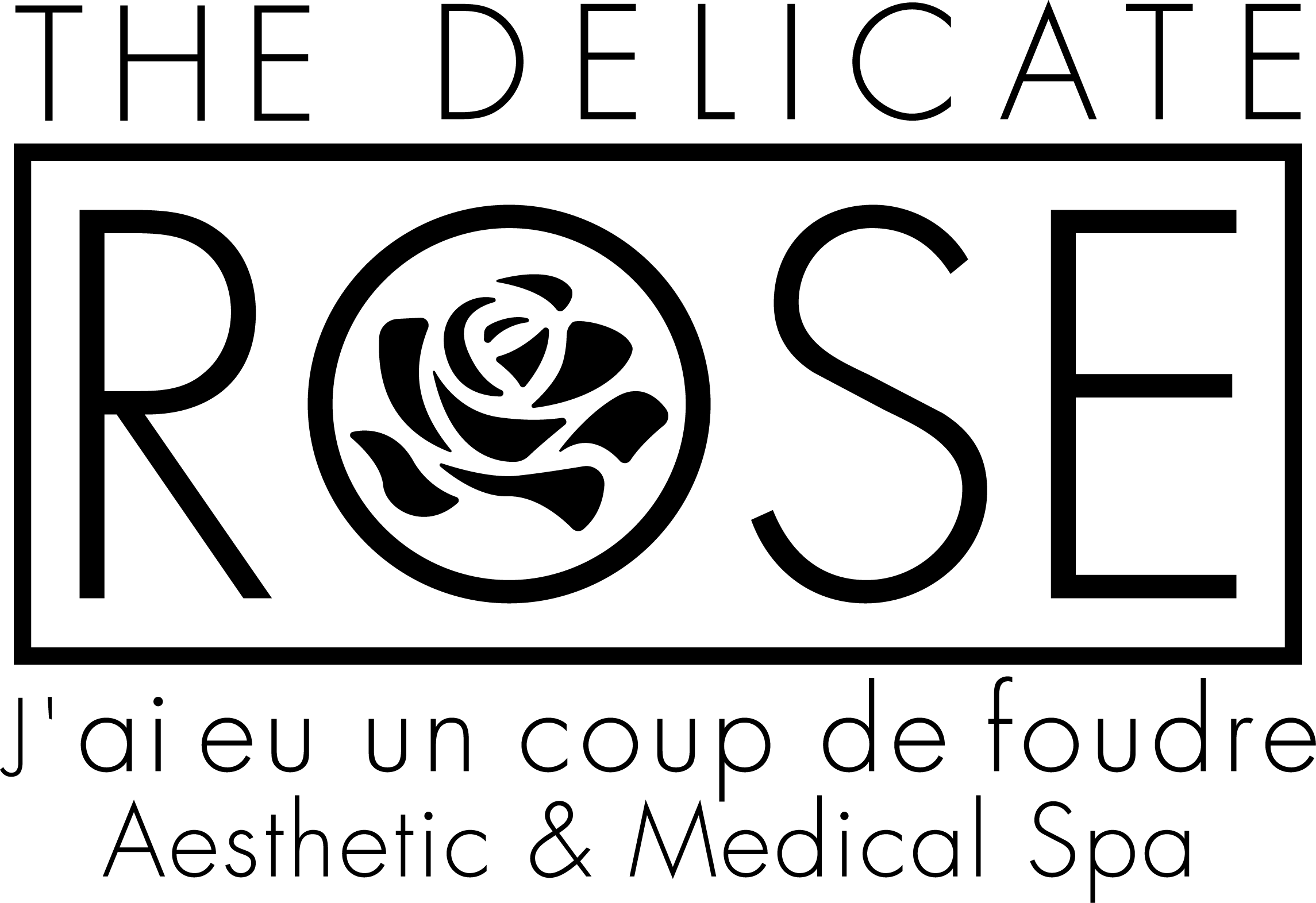Preventing Brow Ptosis When Injecting Neurotoxin: Tips for Practitioners
Brow ptosis, the undesirable drooping of the eyebrows, is a potential complication when administering neurotoxin injections like Botox, Jeuveau, Dysport, or Xeomin. While these treatments effectively reduce wrinkles and achieve a youthful appearance, improper injection techniques can lead to unintended results, including brow ptosis. This blog delves into strategies and best practices for preventing brow ptosis when injecting neurotoxins, ensuring optimal outcomes and patient satisfaction.
Understanding Brow Ptosis and Its Causes
Brow ptosis occurs when the eyebrows descend lower than their natural position, leading to a tired or sad appearance. This condition can result from several factors, including:
- Over-relaxation of Frontalis Muscle: The frontalis muscle elevates the brows. Over-injection in this area can weaken the muscle too much, causing the brows to droop.
- Incorrect Placement: Injections placed too low on the forehead can inadvertently affect the muscles that hold the brows up.
- Individual Anatomy: Each patient’s facial anatomy and muscle structure are unique, necessitating a tailored approach to injections.
Best Practices for Preventing Brow Ptosis
- Comprehensive Patient Assessment:
- Before any injections, thoroughly assess the patient’s facial anatomy, muscle strength, and skin elasticity. Understanding how their muscles interact with each other will help in planning precise injection sites.
- Strategic Injection Placement:
- Forehead: Avoid injecting too low on the forehead to prevent the neurotoxin from spreading to the muscles that elevate the brows. Aim for higher placement within the upper third of the forehead.
- Glabella: When treating the glabellar lines (the area between the eyebrows), careful placement is crucial. Inject into the corrugator and procerus muscles without compromising the frontalis muscle’s ability to lift the brows.
- Dose Management:
- Start with lower doses, especially for patients new to neurotoxin treatments. This conservative approach allows for adjustments in subsequent sessions based on the patient’s response.
- Gradual Adjustments:
- If a patient returns for follow-up treatments, adjust the dosage and injection sites based on their previous results. Avoid making drastic changes that could impact the brow position.
- Tailored Treatment Plans:
- Develop personalized treatment plans for each patient. Consider age, skin condition, muscle activity, and desired outcomes. Tailoring the approach reduces the risk of complications like brow ptosis.
- Avoid Over-Treatment:
- Over-injection is a common cause of brow ptosis. It’s better to err on the side of caution, using smaller amounts and adjusting as necessary. Overtreatment can cause excessive muscle relaxation and brow drooping.
- Patient Education:
- Educate patients about the importance of reporting any previous adverse reactions and following post-treatment care instructions. Proper aftercare can influence the final results and minimize the risk of complications.
Practical Techniques for Injection
- Forehead Lines: When addressing horizontal forehead lines, inject into the upper third of the frontalis muscle to maintain its lifting action. Avoid spreading the product too far laterally or inferiorly.
- Glabellar Lines: For the glabellar complex, ensure precise placement into the corrugator and procerus muscles. Avoid diffusion into the frontalis muscle.
- Crow’s Feet: When treating crow’s feet around the eyes, avoid excessively affecting the lateral brow depressor muscles.
Monitoring and Follow-Up
- Schedule follow-up appointments to assess the patient’s response to the treatment. This allows for timely adjustments and ensures that issues, such as early signs of brow ptosis, can be addressed promptly.
- Encourage patients to communicate concerns immediately so corrective measures can be taken if needed.
Conclusion
Preventing brow ptosis when injecting neurotoxin requires a combination of anatomical knowledge, precise technique, and a personalized approach to treatment. By adhering to these best practices, practitioners can minimize the risk of brow ptosis and achieve optimal, natural-looking results for their patients. Remember, the goal is not only to reduce wrinkles but also to maintain or enhance the overall harmony and balance of the face. Through careful planning and execution, practitioners can provide effective treatments while ensuring patient satisfaction and confidence.
Tagged Neurotoxins

